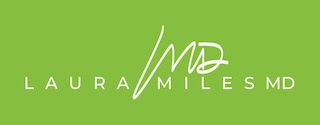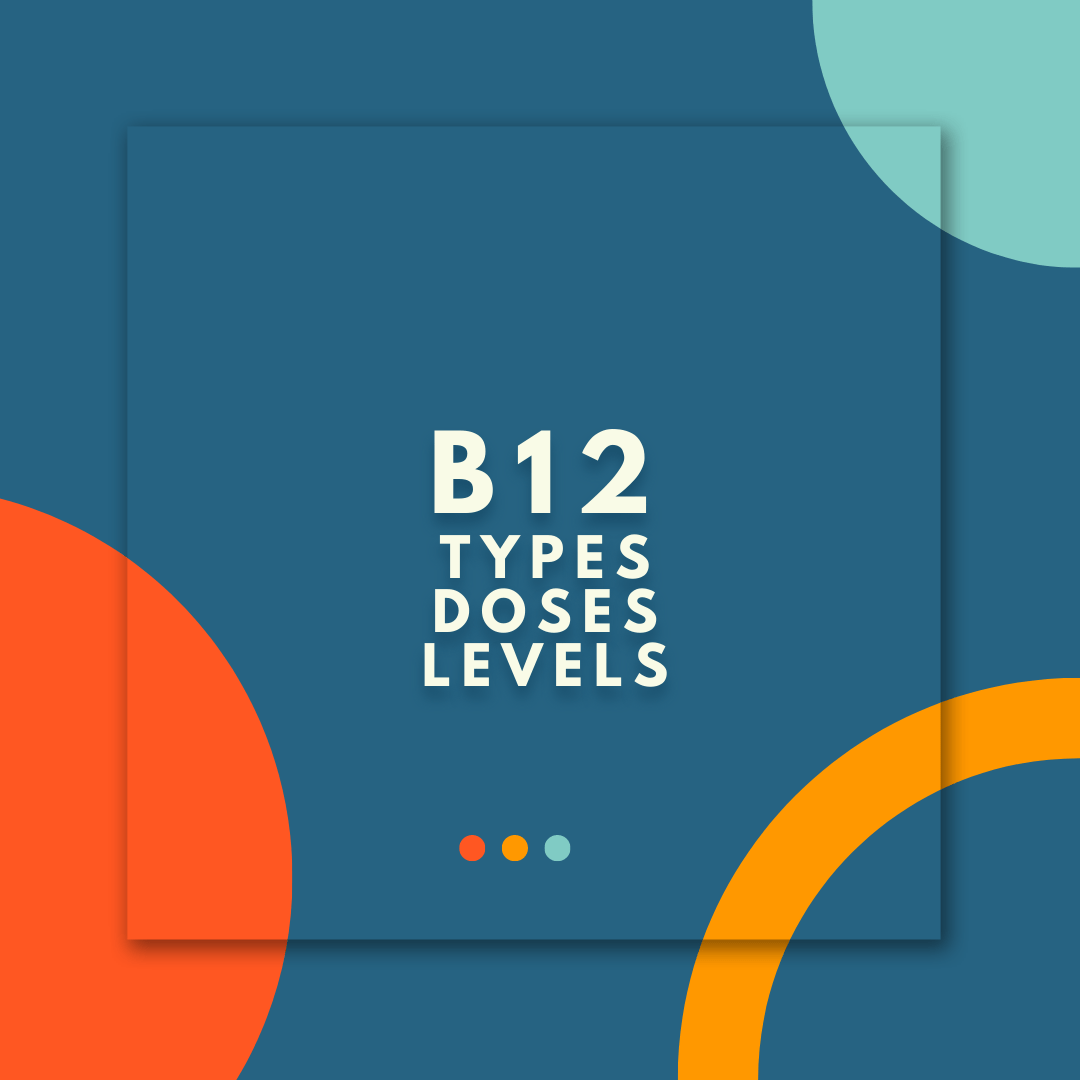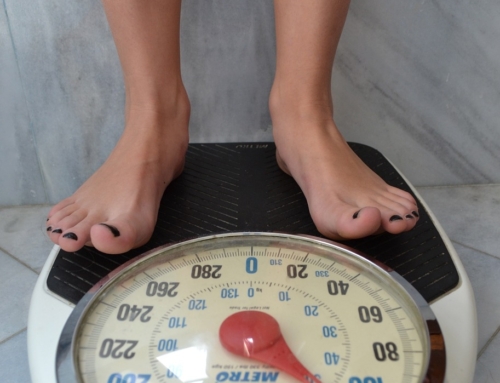The majority of patients that come in having had prior B12 testing were told it was “normal”. But is it optimal?
Symptoms of B12 deficiency include
- *Brain fog
- * Low energy
- *Word inversions (This is what I call when you are thinking one thing and another thing comes out)
- * Neuropathy
- *Tinnitus (ringing in the ears)
- *Dementia
Just to name a few….
If you have any of these symptoms and been told your B12 is “normal” then READ ON as we dive into what an optimal B12 level is and learn about the different forms of B12 and which one you should be taking. The adrenals eat up B vitamins so I believe everyone should have a B complex (not just B12) so READ ON….
Most labs have reference ranges for B12 levels that range from about 200 to 1100. When B12 levels start dropping below 500 then more symptoms can occur. Below 400 – you will be having symptoms. Below 200 – you have a serious issue that needs to be addressed. I start supplementing with B vitamins for anything below 500 but don’t recommend the same dose or type for all borderline levels.
Here is what you need to know.
-
- 1. Form of B12. There are several different forms of B12 on the market. The majority of OTC supplements are cyanocobalamin. This form is not as easily metabolized so for this reason I do not recommend those supplements. The methylcobalamin is my go-to form because when it is methylated it is already in the form the body can use. Also, if you have a MTFHR enzyme defect which controls how you process folate (also a B vitamin) the methylated forms just work better. I do have many people who cannot tolerate B vitamins and for these people I recommend AdenosylB12 or HydroxyB12. Often at lower doses they can tolerate these forms.
- 2. Dosing depends on several factors including your level of B12, if your homocysteine is elevated and if you have a MTHFR variant. Homocysteine is an inflammatory marker that is indicative of how your process B vitamins. Even if you don’t know the homocysteine amount or the MTHFR you can at least have an idea of how to dose just based on your current level. Here are my guidelines:
- a. B12: 400-500: Active B by Laura Miles MDMD. Methyl-B12 400mcg/methyl-folate 680are both plus the “baby B’s” like B1, B2 etc.
- b. B12 300-400: MethylB12/folate by Laura Miles MDMD: MB12 1000mcg/Mfolate 3400 dose is plus riboflavin, B6 and betaine
- c. B12 below 300: PodiaPin which is a prescription strength B12. MB12 2mg (NOT mcg)/Mfolate 5100mcg plus B6.
- d. B12 below 200: PodiaPin but might need twice a day dosing (morning and lunch). If the numbers don’t improve then you should be worked up for pernicious anemia which is an absorption issue and may require B12 injections.
- 3. When to take: Always take B vitamins in the morning as they will keep you awake if you take them at night!
- 4. Recheck your levels after 3 months on the supplement (don’t take it the day of the lab draw for the most accurate testing). If the level has not increased
Side-effects of B vitamins:
-
-
- 1. Bright yellow urine: this does not mean you are peeing it all out. Your levels will still reflect what you are taking.
- 2. Insomnia- if you take it at night! Always take it in the morning.
- 3. Flu like symptoms – stop the B vitamin and if it doesn’t clear within a few days or if you have a fever then you truly have the flu (or Covid). If it does clear then you are having trouble processing them. Lower the dose or change to the Adenosyl or Hydroxy form. Some people have had some success with the topical patches, too.
-
Long term B12 deficiency can cause dementia so take low and low normal levels seriously.
To your health,
Laura









